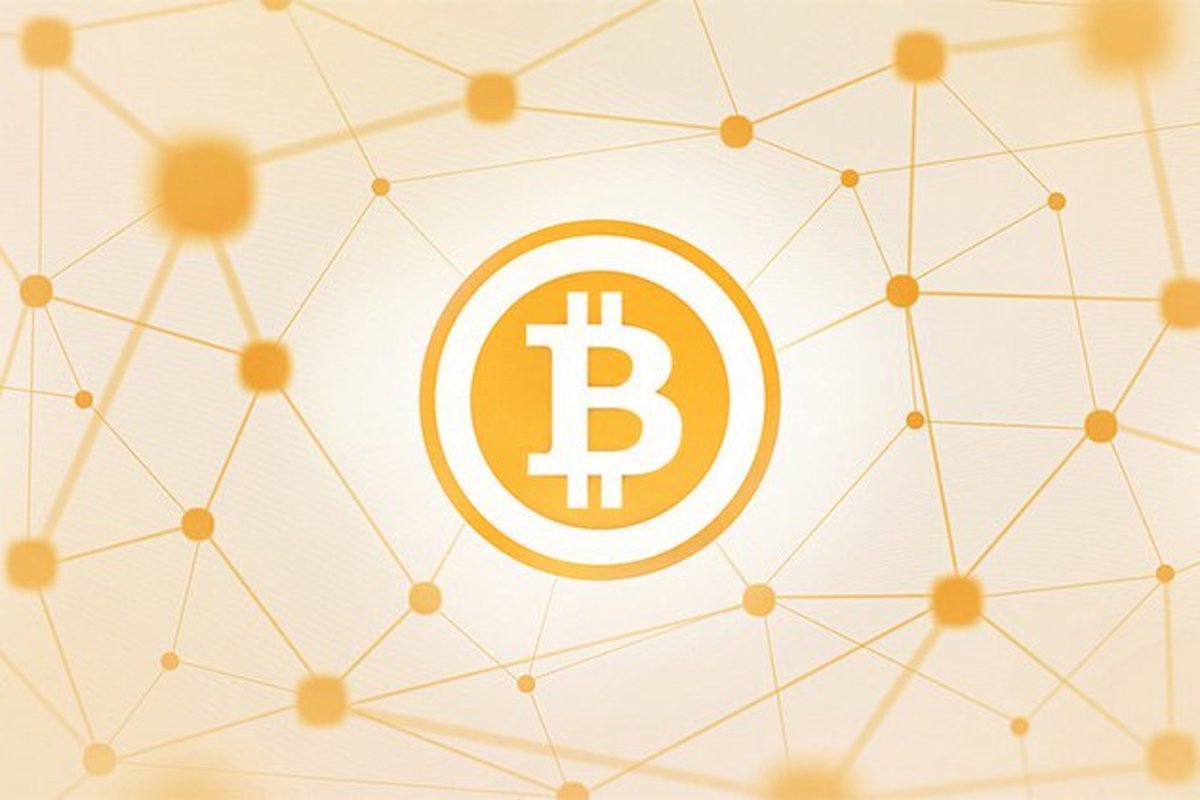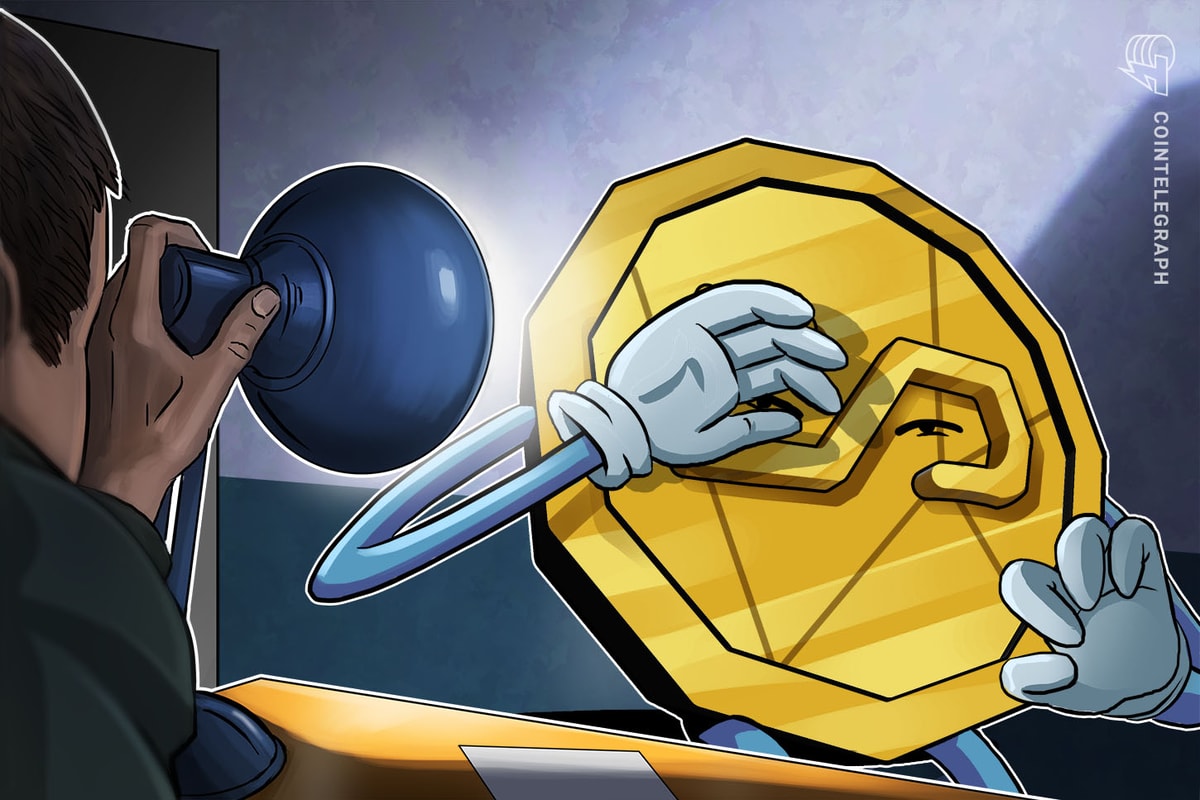
Written by: Chang Jia
Translated by: James Choi
Edited by: Adam Hofman
The mining of Bitcoin consumes 1,000 mWh of electricity every day, the energy which could be provided to 30 thousand families in the United States. The idea that enormous energy will be used by the Bitcoin network to simply solve mathematical questions has always been severely criticized. Satoshi remained silent on this problem, or maybe never considered it a real one. This is indeed not a problem, or supercomputers designed merely for this sake would be a reckless misuse of the electrical power needed by an electronic currency payment system, whose transaction volume exceeds that of Western Union, and would be considered a waste. Mining is done because it is profitable. Users will turn off their mining machines if the market value of Bitcoin shrinks to that of PPcoin, just like diggers in Pilbara Australia who stand idle during the slack season. If Bitcoin were worthless, mining machines would be as energy-saving as fireflies.
That being said, fans of the perpetual motion machine are still trying to create some environmentally-friendly crypto-currencies, represented by PPcoin (Peercoin), which uses PoS (Proof-of-Stake) for minting and transaction processing. Sunny King, its inventor, believes that the path of crypto-currency has forked into two; one is energy intensive and the other energy efficient. In a distant future (more than five years from now), the latter will begin to challenge the former with its cost advantage. Sunny King claimed to create the concepts of PoS and Coindays1 on his own, as early as October 2011. But just like the concept of PoW was not invented by Satoshi, PoS was not invented by Sunny King. The concept was actually raised in the Bitcoin community by Quantum Mechanic on July 11, 2011: The voting right no longer comes from the calculation power of miners, but aggregates in trustable representatives. New Bitcoins and transaction fees are distributed to these representatives either randomly or periodically.2
Cunicula believes that the reason Satoshi didn’t use PoS for Bitcoin is that before 2009 there was no digital property that could safely interact with cryptographic protocols. Paypal and online credit card payments have a history of more than 10 years but these systems are centralized, and the PoS created for them would provide opportunities for the suppliers of Paypal and credit cards to cheat.3 Cunicula’s criticism actually struck home, as these digital property authentications that are both environment-friendly and secured, are provided by some reliable third-parties, which are unexceptionally centralized. PPcoin and Nextcoin (NXT), disguised in the form of P2P, cannot avoid the problem of centralization, as they depend on those who have the largest stake to verify transactions in the network.
The delusion of PoS is that it is a superficial decentralized system, in which everyone could mine and the payment you gain for maintaining the safety of the network is only related to your coindays, instead of the actual performance of your computer.
An ideal decentralized authentication system should allow users to verify transactions by opening the client willingly, otherwise it is not sustainable. A motivation mechanism is set in PoS, not by asking verifiers to accomplish a certain amount of calculation, but by requiring them to show the ownership of a certain amount of money. Sunny King even believes that PoS exhibits a philosophical sense of aesthetics, as money itself means a proof-of-work to the past. So logically speaking, PoS could replace PoW.
The mistake made by Sunny King here is that in the PoS system it is not sustainable for everyone to mine, which can create winner-take-all scenarios. Let’s say the cost of electricity is 3 coins. The 10,000 coindays of Big User gives him 100 coins for interest, while the 100 coindays of Small User gives him 1 coin for interest. Coins gained by Big User are much larger than Small User, and consequently Small User would be inclined to close the client, while Big User would be inclined to aggregate coindays and obtain more coins for interest, which is a fatal equilibrium. (Table 1)
So this is PoB. If you don’t use these coins, they would be destroyed in some unusable transactions and after a while, would be used to create a new block. If you open the client to verify transactions, you would obtain new coins or transaction fees, the value of which is higher than that of the coins destroyed. Let’s still say that the cost of electricity is 3 coins. Big User loses 100 coins by holding 10,000 coins in a certain period, during which Small User loses 1 coin by holding 100 coins. Otherwise Big User receives 120 coins by mining while Small User receives 2 coins. So if you are Big User, you must always have the client open to mine, while Small User will be more than happy to take a lift. (Table 2)
We could tell from the analysis above that neither PoS, PoB or PoD are a real decentralized currency, as fatal equilibrium could be found in all of them, namely the centralized big-user mining mode. These are all variants of the Boxed Pig Game. Assume that a big pig and a piglet are put in a box. A lever is set at one end of the box to dispense food into a trough at the other end, so that the pig that presses the lever must run to the other end to eat. Let’s say that whenever the lever is pressed 10 units of food fall into the trough, and the one who presses the lever first pays 2 units of food. If big pig arrives at the trough first, the ratio of food gained by the big pig and the piglet is 9:1. If they arrive at the same time, the ratio is 7:3. If the piglet arrives first, the ratio is 6:4. Given that both are wise, the best result would be if the piglet chose to wait. (Table 3) No matter if the big pig chose to move or wait, the piglet’s best choice is to wait. In environmentally-friendly crypto-currencies, the payment of verifying transactions is positively correlated to the amount of coins (or coindays) owned by users, and not related the cost of electricity. So no matter if the Big User chooses to open or close the client, the best strategy for Small User is to close the client.
A good friend questioned that the amount of coins owned by Big User are indeed increasing, but their proportion to the total amount of coins remains unchanged, as everyone’s coins are increasing proportionally. I must make additional remarks that people’s demand is not a linear function curve, but a convex one. The increased rate of utility is diminishing with the increase of revenue. (Graph 1) For example, let’s say someone dispersed money proportionally. The rich could receive 10,000 coins while the poor could receive 1 coin, as long as they open the client. Obviously, the poor do not have enough desire to receive the money but the rich would be happy to, which would also lead to centralization. For someone who owns only hundreds of PPcoins, it makes little difference to open the client or not. But for those owning hundreds of thousands of PPcoins, it makes a huge difference.
Gavin Andresen, the chief scientist at the Bitcoin Foundation, made a concise comment, as he wrote on Twitter: “I think proof-of-stake is hard coded, ‘the rich get richer’ and is deeply unfair. The supporters of PoS argue that [with Bitcoin,] the rich could invest more on mining equipment and gain more bitcoins by mining, which is the same ‘the rich get richer’ system.”4
The answer is that in Bitcoin mining there is an economic question related to the cost of electricity and hardware. Miners cannot increase mining power endlessly, and the soaring difficulty only leads to increasing costs. The gains from mining would be far less than paying for the machines. There is no eternal winner in the mining competition. ASICMINER, which previously controlled 20 of the market share, now controls less than 1.
Here I propose a ternary paradox, that the natures of decentralization, security and environment protection constitute an impossible trinity. (Graph 2) A crypto-currency which is both environmentally-friendly and secured would definitely need to be centralized, like PPcoin, Nextcoin and Ripple. These coins either contain aspects of centralized structure, or their decentralized structure is not sustainable, with a Paypal-like centralized verification mechanism. A crypto-currency which is both environmentally-friendly and decentralized would be unsecured, like P2P currencies of ‘one-IP-address-one-vote,’ which are already excluded by Satoshi. He believed that if the majority were based on ‘one-IP-address-one-vote,’ it could be subverted by anyone able to allocate many IPs.5 If one designs a secured decentralized currency, it must come with the cost of consuming energy and calculation power. PoW is the first solution to construct a verification system in the form of decentralization, and will probably be the only one.
- PPCoin: Peer-to-Peer Crypto-currency with Proof-of-Stake
- https://bitcointalk.org/index.php?topic=27787.0
- proof_of_stake_and_peercoins_historic_significance
- Could Peercoin and “Proof-of-Stake” Turn Bitcoin Into The Myspace of Cryptocurrency?
- Satoshi Nakamoto: Bitcoin: A Peer-to-Peer Electronic Cash System










